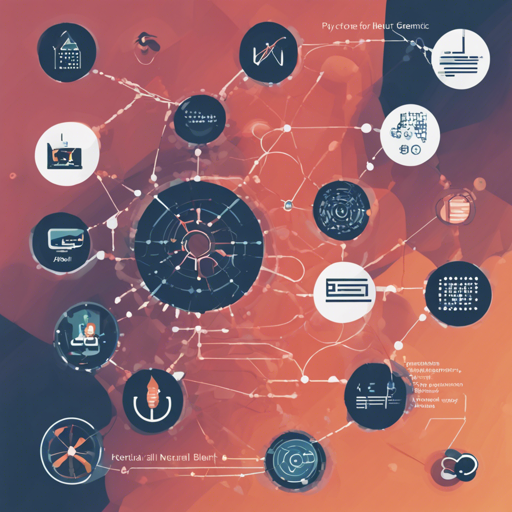If you’re looking for a way to evaluate the quality of your text generation models, BLEURT (BERT-based Learned Evaluation for Text Generation) provides a robust solution. In this article, we’ll guide you through the process of using PyTorch’s implementation of BLEURT, derived from the original ACL paper [“BLEURT: Learning Robust Metrics for Text Generation”](https://aclanthology.org/2020.acl-main.704) by Thibault Sellam, Dipanjan Das, and Ankur P. Parikh at Google Research.
Getting Started with BLEURT in PyTorch
Let’s dive into the steps required to set up and use BLEURT for scoring text generation outcomes.
Installation
Before we begin, make sure you have PyTorch and the necessary packages installed. You can install these via pip:
pip install torch transformersUsing BLEURT
Now that we have the required packages, let’s look at a sample code snippet that demonstrates how to use BLEURT:
from transformers import AutoModelForSequenceClassification, AutoTokenizer
import torch
# Load the BLEURT model and tokenizer
tokenizer = AutoTokenizer.from_pretrained("Elron/bleurt-large-512")
model = AutoModelForSequenceClassification.from_pretrained("Elron/bleurt-large-512")
model.eval()
# Define your references and candidates
references = ["hello world", "hello world"]
candidates = ["hi universe", "bye world"]
with torch.no_grad():
scores = model(**tokenizer(references, candidates, return_tensors="pt"))[0].squeeze()
print(scores) # tensor([0.9877, 0.0475])Understanding the Code: An Analogy
Think of using BLEURT as preparing a dish that requires specific ingredients and processes. Here’s a breakdown:
- Loading the Tokenizer and Model: Just like gathering spices before cooking, you first import the necessary components—tokenizer and model—to evaluate your dish (text).
- Defining References and Candidates: Imagine you have your main ingredients (references) and alternative ingredients (candidates). You prepare these lists to see how your dish compares to various flavors.
- Scoring: Finally, once your dish is cooked, you taste it (evaluate it) using the model. The output scores are like your taste feedback, indicating how well your dish turned out relative to others.
Troubleshooting Tips
If you encounter any issues while using BLEURT, here are some troubleshooting ideas that might help:
- Ensure that your PyTorch installation is up to date. Compatibility issues may arise with older versions.
- Check that you have downloaded the correct model name, “Elron/bleurt-large-512”. Misspelling or incorrect names can lead to loading errors.
- Confirm that your input format for references and candidates is correct. The texts should be within a list format.
- If you receive unexpected scores, validate your model’s evaluation by comparing with known ground truths.
For more insights, updates, or to collaborate on AI development projects, stay connected with fxis.ai.
Conclusion
Implementing BLEURT with PyTorch opens up a world of possibilities for evaluating text generation models accurately. By following this guide and using the troubleshooting tips provided, you’ll be well-equipped to improve your model evaluations.
At fxis.ai, we believe that such advancements are crucial for the future of AI, as they enable more comprehensive and effective solutions. Our team is continually exploring new methodologies to push the envelope in artificial intelligence, ensuring that our clients benefit from the latest technological innovations.

